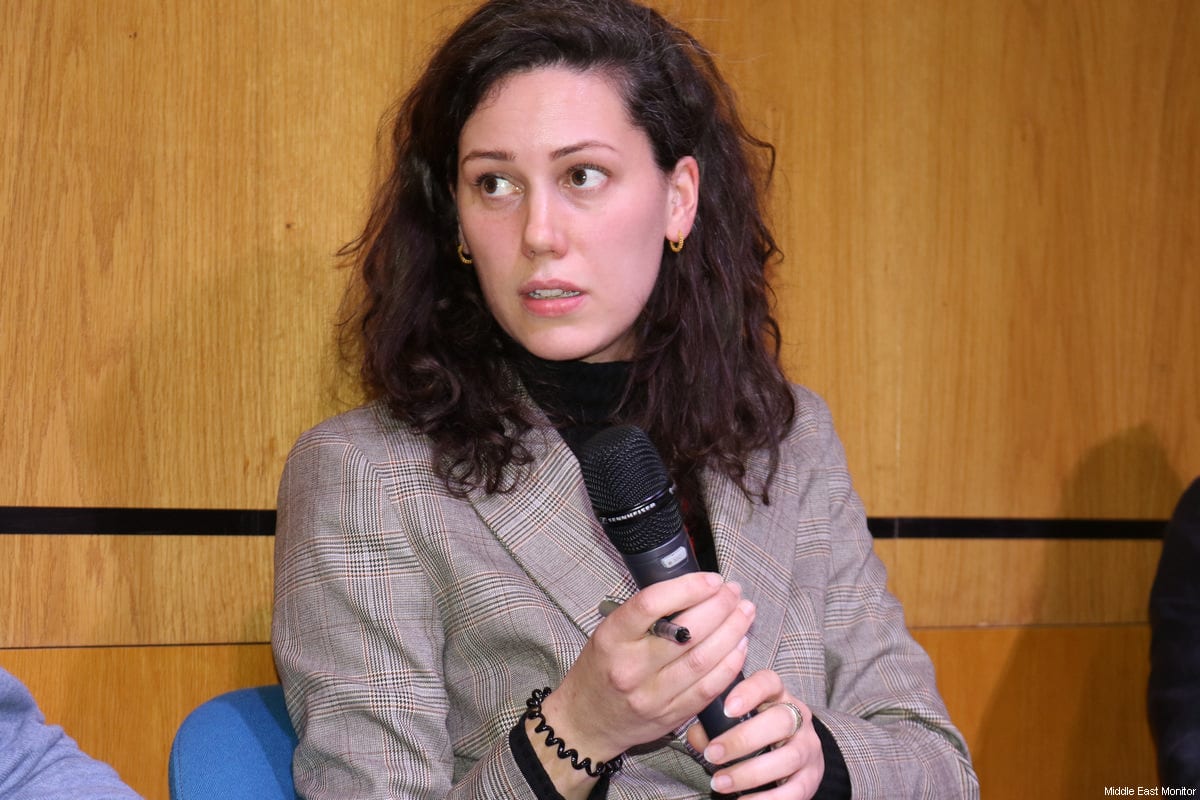The protests in Tunisia in 2010 may have swept away former President Zine al-Abidine Ben Ali and 23 years of autocratic rule, but they have replaced him with a coalition government under which several political factions battle to create their own vision for the country. In what has proved to be a highly divisive political question, those who would like a more hard line version of Islam are in opposition to more secular parts of society. Division amongst citizens is nothing new, but this polarisation has manifested itself in a series of violent attacks on Tunisian artists.
Documentary film-maker Iman Bin Hussein is one of the latest in a long line of Tunisian artists to bear the brunt of this. Her upcoming film ‘Disappeared’, produced by Al Jazeera, features opponents of the former regime who disguised themselves to escape the violence and torture. Ironically, at a time when this brutality was supposed to have left the country with the overthrow of the former dictator, members of the production team were attacked whilst filming at prayer time.
Violence towards film-makers actually started before the democratic elections. In June 2011 young men hijacked a viewing of Nadia el Fani’s film ‘Neither Allah nor Master’, injuring the cinema director and threatening to cut the throats of those who sat in the audience. Now, if Nadia returns to Tunisia she faces a possible five years in jail under blasphemy charges.
The Islamist coalition, headed by the moderate Al-Nahda Party elected in October 2011, has been criticised for not doing enough to stop the violence. In June, the ‘Printemps des Arts’ exhibition sparked bloody riots by Salafists. The Minister of Culture, Mehdi Mabrouk, criticised the art work o show, but had not even been to see the exhibition.
Salafi leaders say that they want to introduce more Islam into Tunisia by peaceful means but that disgracing or demoralising Muslims is taking things too far. Secularists say Salafists are closed- minded, intolerant and against freedom of expression.
So were the images in question offensive? One of the artists at the Printemps exhibition claims that the exhibitors were victims of a negative media campaign, which included videos spread on the Internet implying that the artists were disbelievers. Some speculate that the government is trying to mask real issues in Tunisia, such as the high level of unemployment and the broken economy, and create a diversion away from negative public opinion about the coalition.
Art all over the world is an instrument for open debate and. freedom of expression, two principles upon which many people want the new Tunisia to be built. It makes sense then that it should be allowed to flourish; yet such freedom applies not only to the artist but also to the observer’s right to express distaste or offence. But not through violence.
Any debate surrounding censorship inevitably raises the question of where the boundaries of ‘offence’ lie, and who will draw them. If it is the government, or a particular group in society, the decision of the individual is removed and the government’s ability to crush more and more freedoms in the name of removing ‘offensive’ work is increased considerably. Drawing on the lessons of history in the region, giving one particular group this power is surely something to be avoided.
The views expressed in this article belong to the author and do not necessarily reflect the editorial policy of Middle East Monitor.











